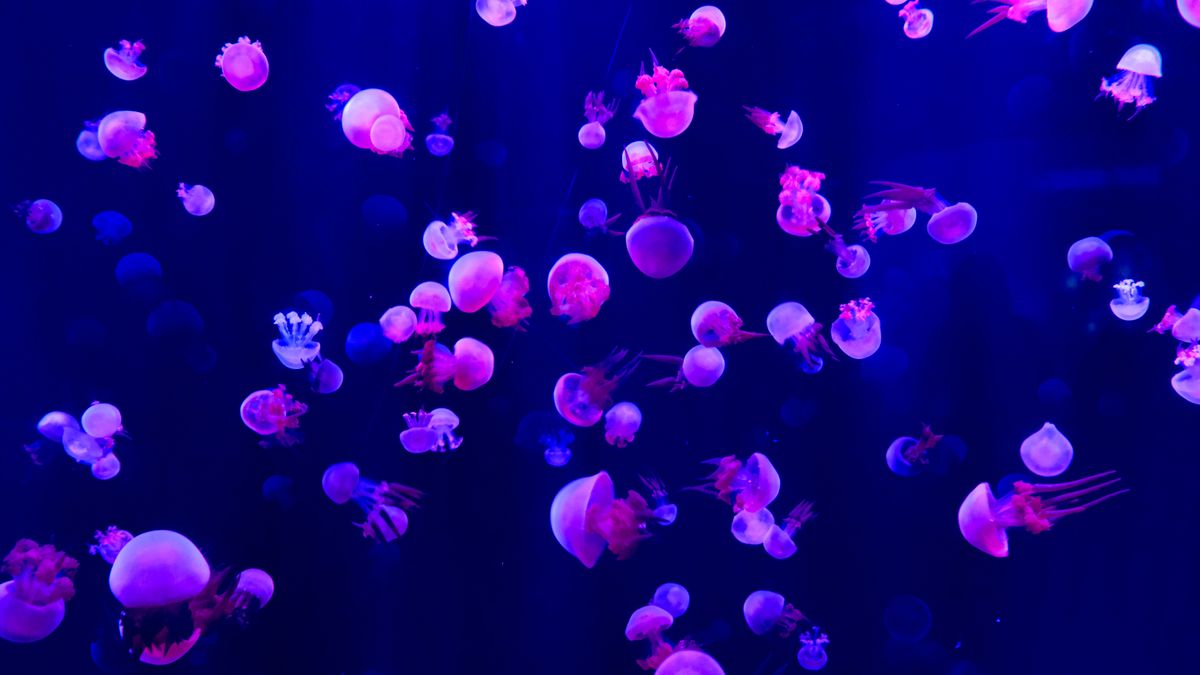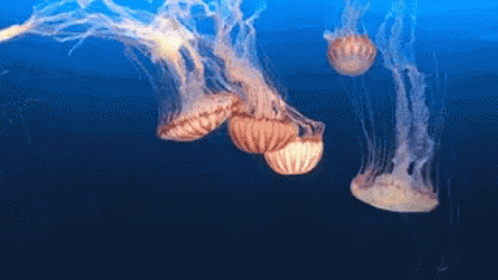As oceans warm up with climate change, jellyfish are thriving
Jellyfish are multiplying at high rates in the ocean right now.

A few minutes every morning is all you need.
Stay up to date on the world's Headlines and Human Stories. It's fun, it's factual, it's fluff-free.
When we talk about climate change and wildlife, usually we’re talking about an animal becoming endangered or losing its habitat or even dying off entirely. But with jellyfish, it’s the exact opposite.
Jellyfish aren’t really so much fish as they are a type of plankton. Planktons are animals that drift through the sea, floating along with the currents. Most planktons are pretty small, but jellyfish are visible to us humans. And jellyfish are multiplying at high rates in the ocean right now. As temperatures rise and oxygen levels decrease in the world’s oceans, many types of plankton are actually seeing their populations boost in certain areas.

“Jellyfish need oxygen to survive, just as we do, but scientists have found that some types of jellyfish are tolerant of very low-oxygen conditions,” explains biological oceanographer and curator of the Pelagic Invertebrate Collection at UC San Diego, Mark Ohman. “In fact, these jellyfish can tolerate low oxygen better than most other types of plankton, so the jellyfish are sometimes the only surviving ocean animal as oxygen is used up. This means that lower oxygen in ocean waters can lead to a dominance of jellyfish over other types of plankton.”
Overfishing is another cause for growing jellyfish populations, as many of their natural predators are shrinking in population. Tuna and swordfish are a couple of species that help control jellyfish numbers.
Bigger jellyfish blooms have been recorded in many different parts of the world, like in the Black Sea, off the coast of Namibia and in the Sea of Japan. While it’s good that jellyfish aren’t dying out, their population boom causes other challenges for wildlife and humans alike. In the past 20 years, growing jellyfish numbers have led to beach closures and even power outages because they clog up intake pipes of nuclear power plants. Jellyfish often sting, so humans can’t really be around them, and those stings can be lethal (though only in rare cases).




Comments ()